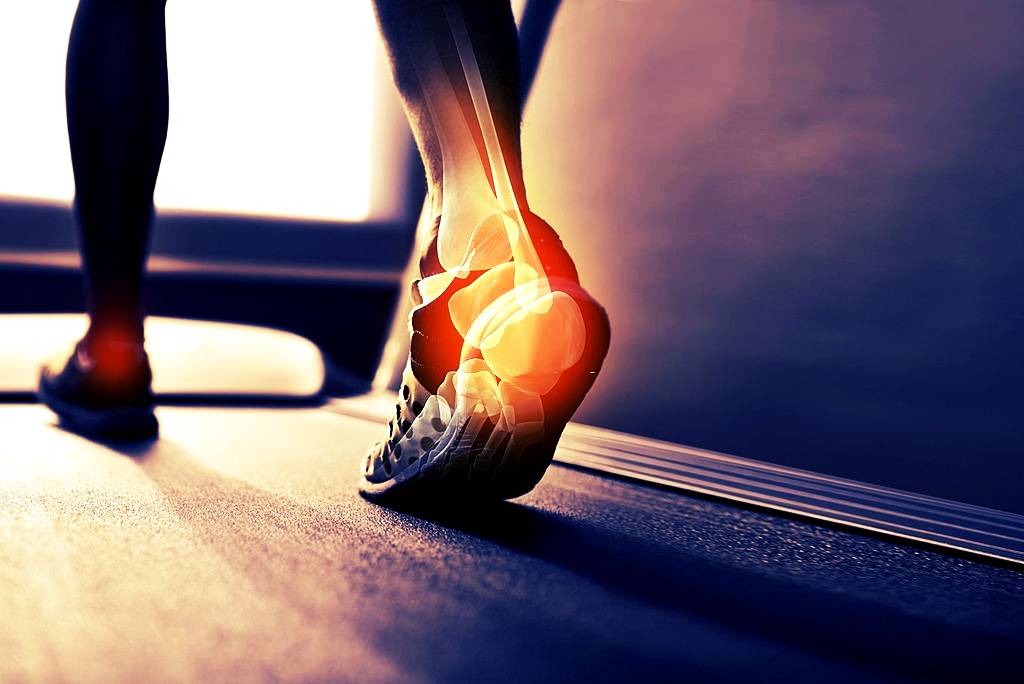Dealing With Heel Pain | DeNiel Foot and Ankle Center

The foot and ankle have more than 100 tendons, 26 bones and 33 joints with the heel being the largest bone. Heel pain can be experienced due to injuries and overuse, sometimes the pain is mild other times it can be disabling prompting you to seek heel pain treatment.
Common causes of heel pain
- Heel spurs which is a pointed bony outgrowth of the heel bone. This happens due to the calcium deposits under the heel bone. Most of the time the plantar fasciitis occurs alone, but most times they are associated with a heel spur.
- Plantar fasciitis, which occurs when the feet are under pressure causing damage to the plantar fascia, stiffness, and pain.
- Strains and sprain injuries resulting from physical activity.
- Fracture which is a broken bone.
- Achilles tendonitis occurs when the tendon is inflamed or painful and due to overuse.
- Bursitis isfluid-filled sacs around the areas where the skin, tendons, and muscle tissues meet the bone.
- Osteochondroses which is a disorder that affects the growth of adolescents and children.
- An infection that triggers reactive arthritis.
- Overweight or obesity because the extra weight puts on undue stress to the foot.
- Standing for long hours on hard surfaces causing damage to the foot tissue.
When to seek Achilles tendinitis treatments?
Once you experience heel pain, try remedies like resting. If in two weeks you do not feel better you should book an appointment with a podiatrist. However, there are other circumstances in which you should call your doctor immediately.
- Severe heel pain
- Redness in the heel.
- Sudden heel pain.
- Swelling in your heel.
- If the pain hinders you from walking.
For heel spurs the diagnosis is done through going the history of the heel pain and the identification of the tender point at the bottom of the heel. An x-ray will identify the bony prominence of the heel.
Heel spur treatment: The heel spur is treated by taking measures that decrease inflammations as well as avoid inflammation. Shoe inserts and orthotic devices and heel lifts take the pressure off the heel reducing stress on painful heel spurs. Running shoes with cushioned soles reduce irritation of inflamed tissues.
According to the foot and ankle specialist at DeNiel Foot and Ankle Center in Houston, Texas, one out of ten people have the heel spurs. However, only a few of these suffer from heel pain and even fewer require heel spur treatment.
Easing heel pain Houston at home
Once you experience discomfort you need to try to ease the pain and you should start by resting as much as possible. Take over the counter pain relievers and apply ice to for 15 minutes two times a day. The use of shoe inserts and heel lifts to reduce pain. Wear proper-fitting shoes and if possible, wear a night splint which will stretch the foot while you sleep.
If these strategies don’t work, book your appointment today. The doctor will perform a physical exam and a history on when the condition began and the remedies you have tried. An x-ray might be requested to determine the cause of the heel pain. This will ensure that your doctor provides the appropriate treatment. The doctor might recommend physical therapy which will strengthen the tendons and muscles of the foot and further injury is prevented. With severe pain, the doctor gets anti-inflammatory medications either to be taken by mouth or injected into the foot.
The special footwear device might be used to relieve pressure off the foot, but rare cases the doctor may recommend surgery. Sometimes it will not relieve the heel pain and it takes a long time to recover.
Heel pain complications
Heel pain can be disabling affecting your daily movements to the extent of changing the way you walk or stand. You are more prone to more injuries because you can easily trip and fall due to a loss of balance.
Preventing heel pain
Not all cases of heel pain can be prevented but for the ones that can be prevented here are some easy steps.
- Wear proper-fitting shoes that support the foot
- Always stretch your muscles to warm them and make them flexible before exercising.
- Wear the right shoes for every physical activity you engage in.
- Pace during physical activities.
- When your muscles ache or you feel tired just rest.
- Maintain a healthy diet and healthy weight.